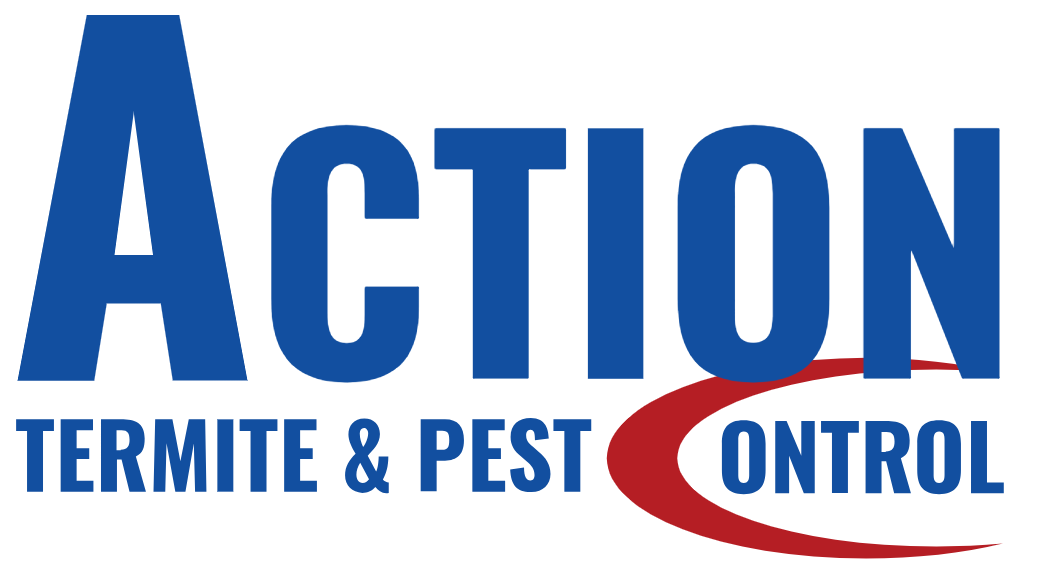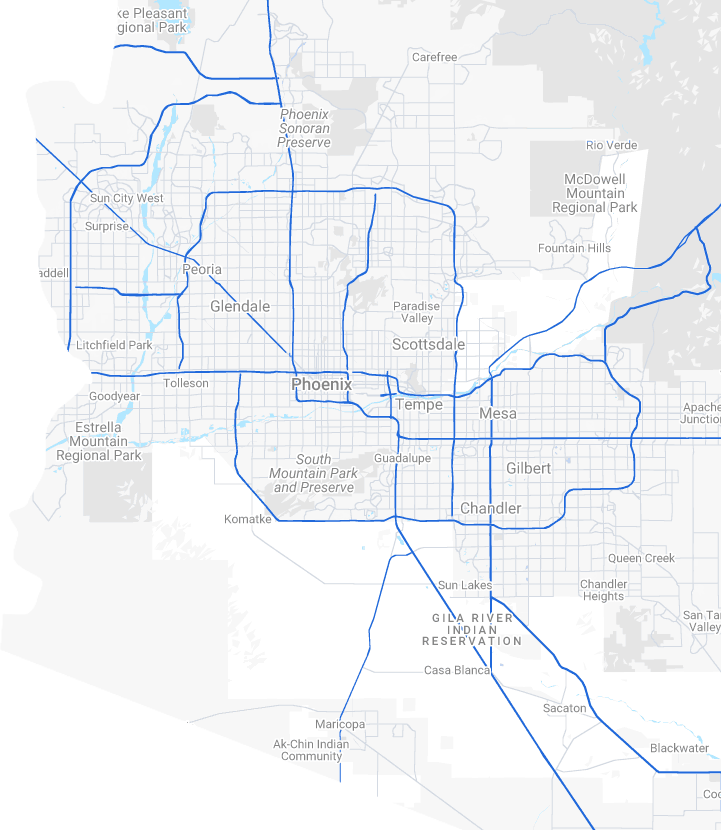Although everyone has heard of “termites” as these tiny bugs that eat away at the wooden foundation of your home, have you ever stopped and considered how quickly termites can cause damage to your home?
To answer this question, it’s important to consider that not all termites are the same, and they can be categorized into two main groups: drywood termites and subdermal termites.
Drywood termites can be distinguished from subdermal termites in the following ways:
- Drywood termites are generally larger than subdermal termites.
- Drywood termites tend to appear around the house and are easier to detect.
- Drywood termites have smaller colony sizes than subdermal termites.
This means that if your home is infested with drywood termites, you might be able to exterminate them before too much damage is done to your home. However, you must also be keenly aware of subdermal termites as they tend to cause more damage to the home because they remain undetected for longer periods of time, and can thus create more extensive damage. Because of this difference, detecting termites might not be as easy at it seems. We’ve created a short list that includes some of the most common signs that termites are either in or around your home.
Common signs of termite infestation:
- Termite shelter tubes – these are vain-like structures you may notice around your home.
- Noises in walls, such as movement or falling objects.
- Sagging floors and hollow wooden frames around the home.
- Termite frass around the home – these are small mounds of pellets.
Although, the best way to really know if you have termites in your home is to hire our professional termite inspector or exterminator in Arizona. If you see these warning signs it’s best to call an exterminator. Remember, once you have found evidence of either drywood or subdermal termites they have likely already done some damage to your home.

 BED BUGS
BED BUGS SCORPIONS
SCORPIONS RODENTS
RODENTS BEES
BEES MOSQUITOS
MOSQUITOS TAP INSULATION
TAP INSULATION PEST PROTECTION PLAN
PEST PROTECTION PLAN WEEDS
WEEDS


